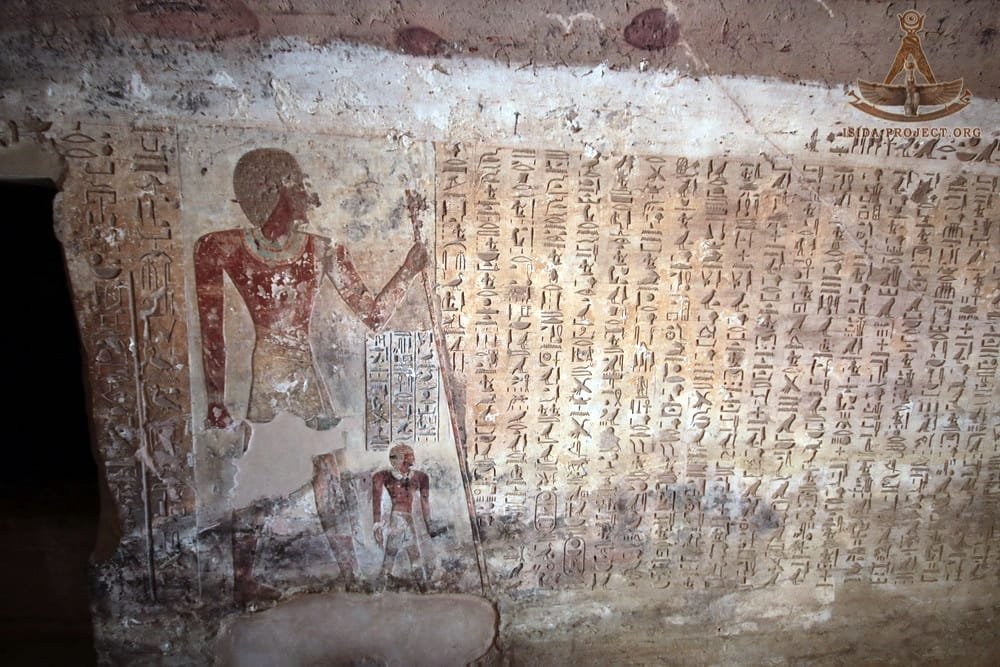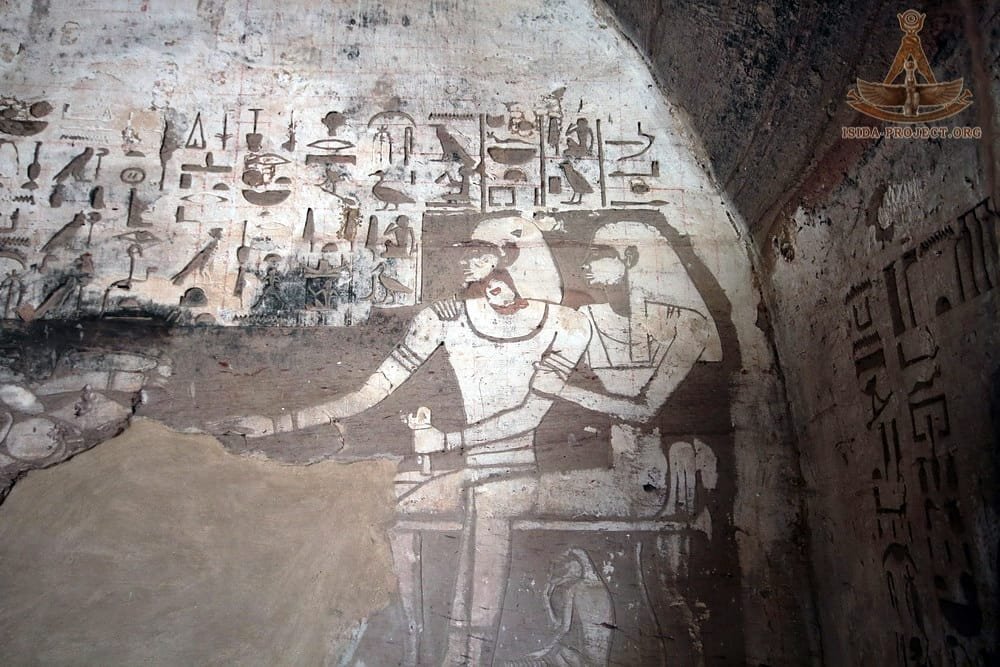Life expectancy in Ancient Egypt varied widely due to a combination of factors such as disease, social status, nutrition, and environmental conditions. Ancient Egyptians are often remembered for their great accomplishments in architecture, medicine, and culture, but their daily lives were shaped by the harsh realities of life expectancy. Let’s take a closer look at how long people lived, the challenges they faced, and what contributed to their survival or early demise.
- Egypt Tour Magic
- Egypt Tour Packages
- Excursions in Egypt
- Cairo Tours and Excursions
- Hurghada Tours and Excursions
- Soma Bay Tours and Excursions
- Makadi Bay Tours and Excursions
- Sahl Hasheesh Tours and Excursions
- El Gouna Tours and Excursions
- Marsa Alam Tours and Excursions
- Port Ghalib Tours and Excursions
- El Quseir Tours and Excursions
- Dendera and Abydos Day Tours
- Aswan Tours and Excursions
- Luxor Tours and Excursions
- Alexandria Tours and Excursions
- Sharm El Sheikh Tours and Excursions
- Top Rated Tours in 2025
- Optional Excursions in Egypt
- Private Transfer
- Blogs About egypt
- Ancient Egypt
- What You Need To know Before Your First Trip To Egypt
- Best Places to Visit in Egypt 2025
- Top Attractions in Red Sea Resorts 2025
- Top 10 Tourist Activities in Egypt
- Top 30 Activities You Can’t Miss in Egypt
- The Guide to Guided Tours in Egypt
- Egypt’s Ancient and Modern History
- The Nile River
- The Deserts of Egypt
- Historical Sites in Egypt
- Cairo
- Alexandria
- Luxor
- Aswan
- The Red Sea
- Dendera Temple
- El Fayoum Oasis
- Bahariya Oasis
- Siwa Oasis
- Al Alamein
- Marsa Matruh
- Ancient Egyptian gods
- famous Egyptian dishes
- UNESCO World Heritage sites
- About Us
- Why Egypt Tour Magic
- Egypt Tour Magic
- Egypt Tour Packages
- Excursions in Egypt
- Cairo Tours and Excursions
- Hurghada Tours and Excursions
- Soma Bay Tours and Excursions
- Makadi Bay Tours and Excursions
- Sahl Hasheesh Tours and Excursions
- El Gouna Tours and Excursions
- Marsa Alam Tours and Excursions
- Port Ghalib Tours and Excursions
- El Quseir Tours and Excursions
- Dendera and Abydos Day Tours
- Aswan Tours and Excursions
- Luxor Tours and Excursions
- Alexandria Tours and Excursions
- Sharm El Sheikh Tours and Excursions
- Top Rated Tours in 2025
- Optional Excursions in Egypt
- Private Transfer
- Blogs About egypt
- Ancient Egypt
- What You Need To know Before Your First Trip To Egypt
- Best Places to Visit in Egypt 2025
- Top Attractions in Red Sea Resorts 2025
- Top 10 Tourist Activities in Egypt
- Top 30 Activities You Can’t Miss in Egypt
- The Guide to Guided Tours in Egypt
- Egypt’s Ancient and Modern History
- The Nile River
- The Deserts of Egypt
- Historical Sites in Egypt
- Cairo
- Alexandria
- Luxor
- Aswan
- The Red Sea
- Dendera Temple
- El Fayoum Oasis
- Bahariya Oasis
- Siwa Oasis
- Al Alamein
- Marsa Matruh
- Ancient Egyptian gods
- famous Egyptian dishes
- UNESCO World Heritage sites
- About Us
- Why Egypt Tour Magic
Life Expectancy in Ancient Egypt




1. Life Expectancy: How Long Did People Live?
In Ancient Egypt, the life expectancy was significantly lower than what we experience today. Scholars estimate that the average life expectancy for people in Ancient Egypt ranged from 30 to 40 years. However, this number is somewhat misleading because it’s heavily influenced by the high rates of infant mortality.
If an individual survived childhood (which was a major challenge due to diseases, malnutrition, and other factors), they could live much longer. Adults in their 20s, 30s, and 40s often made it into their 50s or 60s, and some of the elite, particularly Pharaohs and high-ranking officials, could even live into their 70s.
2. Infant Mortality and Childhood
One of the primary reasons for the low life expectancy in Ancient Egypt was the high infant mortality rate. It’s estimated that at least 30% to 50% of children died before reaching the age of 5. Infants and toddlers were especially vulnerable to diseases like diarrhea, malnutrition, and infections, and there were few effective treatments available at the time.
The Egyptians did, however, have some understanding of medicine. They had herbal remedies, wound care, and surgical procedures, but the lack of vaccines or antibiotics made it difficult to prevent diseases from taking their toll on young children.
3. Disease and Medical Care
Diseases were rampant in Ancient Egypt, and the understanding of hygiene and public health was rudimentary by modern standards. Common diseases included malaria, tuberculosis, intestinal parasites, dysentery, and smallpox. These diseases, coupled with the lack of advanced medical knowledge, greatly reduced life expectancy.
The ancient Egyptians also suffered from malnutrition due to their dependence on a limited diet, mainly consisting of bread, onions, and beer. While wealthier Egyptians had access to a broader range of foods, the average person’s diet was not always nutritionally balanced, leading to issues such as stunted growth and weakened immune systems.
However, Egypt did have some notable medical practices. Priests and physicians, such as Imhotep (who is sometimes considered the first physician), played key roles in treating illnesses. Ancient Egyptian medicine was a mixture of religious practices and empirical knowledge. Medical papyri from the time, like the Ebers Papyrus, show a detailed understanding of anatomy, surgeries, and herbal treatments.
4. Social Class and Its Impact on Life Expectancy
Social status had a significant influence on life expectancy. The ruling class, including Pharaohs, nobles, and priests, generally had access to better living conditions, food, and medical care. As a result, they tended to live longer lives compared to peasants or workers who faced harsher conditions.
Pharaohs and elite individuals lived in grand palaces and had the luxury of personal attendants, which also helped protect them from disease. Their tombs often contain evidence of their relatively high-quality diets, such as fine wines and exotic foods. Conversely, common people lived in mudbrick houses, worked hard labor, and often suffered from malnutrition and disease, resulting in much shorter lives.
5. Death and Afterlife: A Key Aspect of Ancient Egyptian Culture
Ancient Egyptians had a strong belief in the afterlife, and their entire way of life was shaped by this concept. The desire for immortality meant that the preservation of the body after death was a key focus. The famous process of mummification was developed to ensure that the soul could return to the body in the afterlife. Wealthier individuals had elaborate burial tombs and often took items, food, and treasures with them to aid them in their journey.
The construction of the pyramids and tombs, including the famous Valley of the Kings, was not just a display of wealth but a reflection of the Egyptians’ belief in life after death. The journey to the afterlife was seen as a continuation of existence, and so the preservation of the body and soul was considered paramount.
6. Gender Differences in Life Expectancy
As in many ancient civilizations, women in Ancient Egypt often had a lower life expectancy than men, due to the physical demands of childbearing and the dangers of maternal mortality. Pregnancy and childbirth were risky, and without modern medical interventions, complications often led to death. However, women who survived childbirth had relatively equal rights compared to men in certain areas, such as property ownership, inheritance, and divorce.
Ancient Egyptian women, especially in higher social classes, could live relatively comfortable lives and sometimes held powerful positions, such as the famous female Pharaoh Hatshepsut. However, the general life expectancy for women would still have been affected by the rigors of childbirth and domestic responsibilities.
7. Long-Lived Royals and Pharaohs
While the average person’s life expectancy was short, some Pharaohs, nobles, and other elite individuals lived surprisingly long lives. Ramses II, for example, ruled for 66 years and lived into his 90s, a remarkable feat for his time. His long reign and extended life were likely due to better nutrition, medical care, and a relatively low exposure to disease compared to common citizens.
Other Pharaohs, like Tutankhamun, did not live long by modern standards. Tutankhamun died at the young age of 18, likely due to complications from an infection or a degenerative disease.
Conclusion: Life in Ancient Egypt Was Short and Hard
While life expectancy in Ancient Egypt was generally low compared to today’s standards, this was a reflection of the harsh living conditions that most people faced. Disease, infant mortality, and malnutrition were significant challenges, but many people who survived childhood could live much longer lives, especially if they were of higher social status.
The ancient Egyptians’ focus on the afterlife shows just how important life and death were in their culture. Their medical practices, monumental tombs, and rich spiritual beliefs all centered around the desire to preserve life, both in this world and the next.
Though life was short, it was certainly not without meaning or cultural achievement. Today, we can only imagine the complex interplay of hardship, belief, and resilience that shaped the daily lives of Ancient Egyptians.


